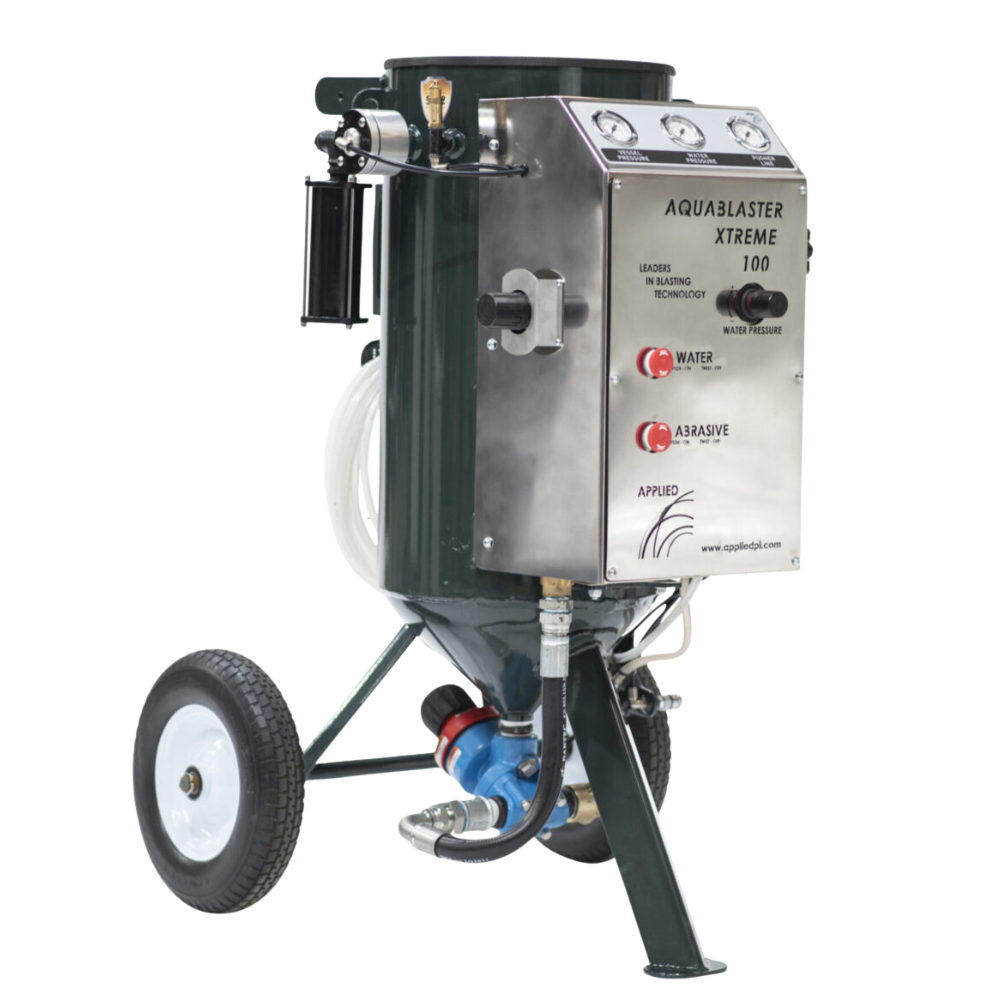
Vapour, Water & Aquablasting (Dustless Blasting): The Complete Guide
Blasting technology has evolved to make surface preparation cleaner, safer, and more versatile. One of the fastest-growing methods in the UK is vapour blasting — also known as water blasting, Aquablasting, or dustless blasting. This guide explains how it works, when to use it, and why it’s becoming a go-to choice for many industries.
1. What Is Vapour / Aquablasting?
Vapour blasting mixes abrasive media with water and compressed air, creating a slurry that is fired at the surface.
The water cushions the abrasive, reducing its aggressiveness.
Dust is trapped in the water, massively cutting down airborne particles.
The process leaves a cleaner working environment compared to dry blasting.
2. Benefits of Vapour Blasting
Dust Control: Up to 92% less airborne dust compared to dry grit blasting.
Cleaner Finish: Water smooths the abrasive action, often leaving a satin-like finish.
Eco-Friendly: Lower dust emissions reduce environmental impact.
Reduced Media Use: Water helps media cut more efficiently, lowering consumption.
Versatility: Works on metals, composites, plastics, stone, and delicate restorations.
3. Applications
Vapour blasting is popular across a wide range of industries:
Automotive Restoration: Removing paint, carbon, grease, or rust without warping panels.
Marine & Offshore: Stripping coatings and corrosion while reducing airborne pollutants.
Aerospace: Cleaning engine components and composites without damage.
Engineering & Fabrication: Prepping surfaces for welding or coatings.
Conservation & Heritage: Gently cleaning stone, brickwork, or delicate masonry.
5. Limitations to Consider
Water Management: Creates wastewater that must be collected or contained.
Less Aggressive: Not as powerful as pure dry grit blasting for very thick coatings.
More Complex Setup: Requires water supply, hoses, and slurry management.
Final Thoughts
Vapour / Aquablasting offers the best balance of power and cleanliness, making it ideal where dust control and surface finish matter.
It’s widely used in automotive, marine, aerospace, and restoration industries.
If you need maximum cutting force, stick to dry grit blasting; if you need residue-free cleaning, dry ice may be better.
For most versatile jobs with environmental or dust-sensitive needs, vapour blasting is often the best choice.
👉 Want to see if vapour blasting is right for your project? Contact CoolBlast for expert advice.


